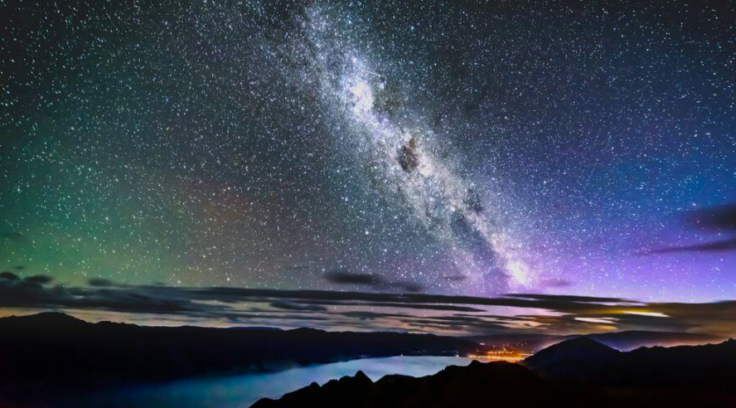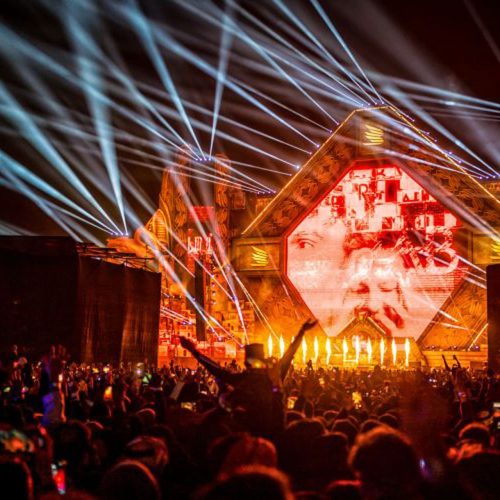The sky has officially become a tourist destination. Yes, really. And it’s all because of light pollution. As it turns out, people are so tired of looking up to find skies that literally never go dark, that they’re venturing out into the world’s most isolated places to take a peek at the hundreds of billions of stars out there.
With 83 per cent of the world living with light-pollut
So 2019’s biggest travel trend: ‘astro tourism’, makes perfect sense.
Recent years have seen a rise in locations dubbed ‘Dark Sky Parks’ across the globe. They’re publicly accessible areas where everyone gets to try their hand at being an amateur astronomer and get a real glimpse at the Milky Way, but you can’t find them anywhere.
The drier the environment is and the higher the altitude, the darker the sky will be. That makes Oman’s Jabal Al Shams, the Middle East’s very own Dark Sky Park.
Just 500 kilometres from Dubai, Jabal Al Shams sits 3,000 metres above ground level, and gets pretty cold during the summer (the colder the weather, the less water vapor in the air and the more stars you’ll see).
And rather than venturing out on your own, Dubai’s Astronomy Group is already on top of the Astro Tourism game. The organisation, which was founded in 2000, also pays particular focus on the Arab world’s history with astronomy – they’ll even show you how to find your way home using the night sky.









